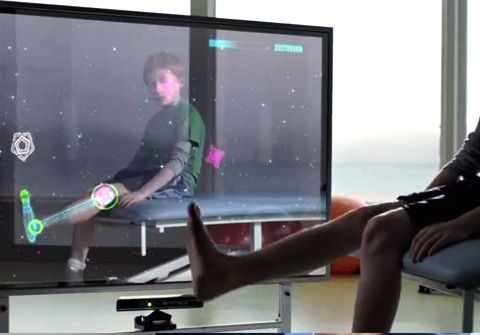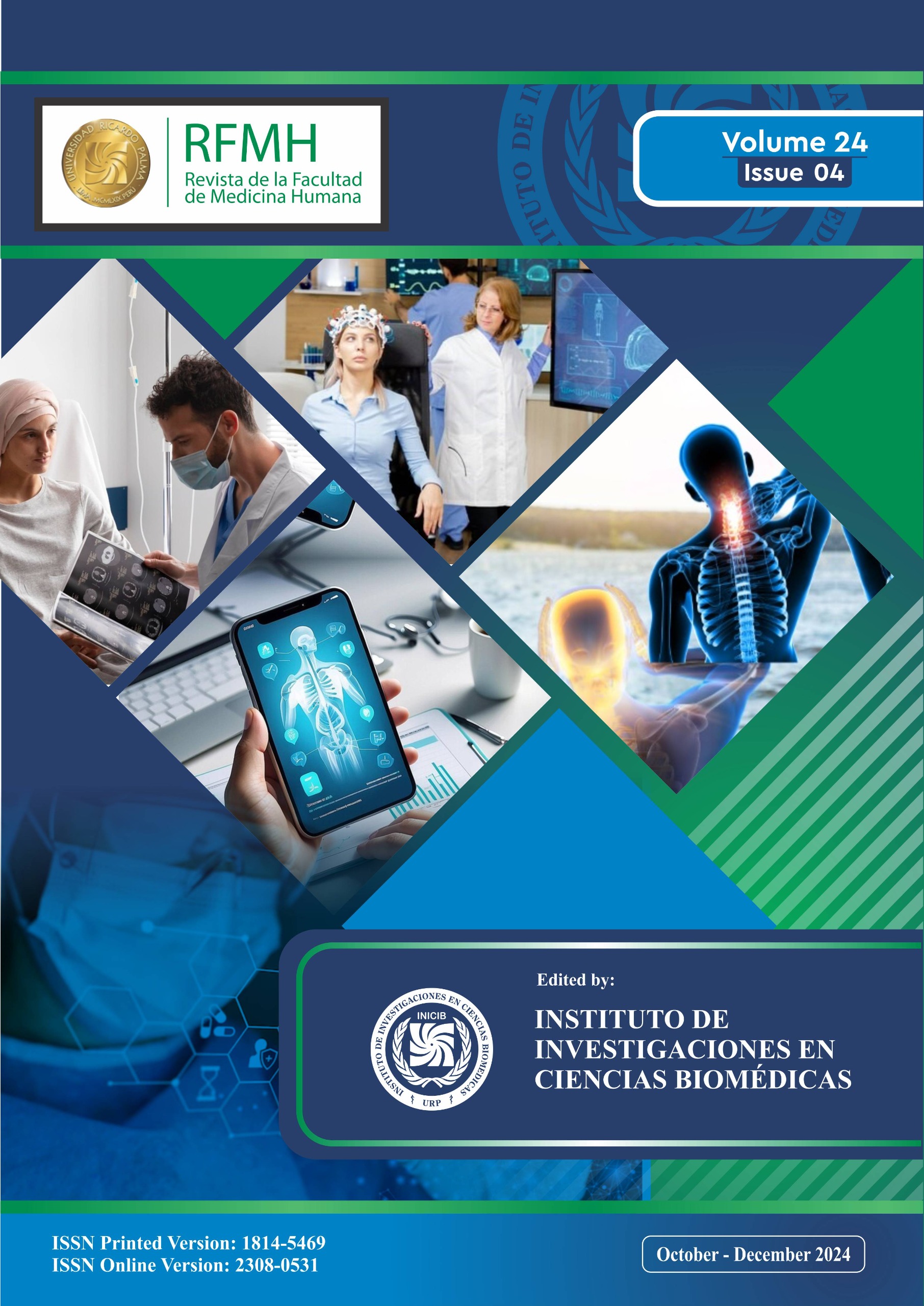Telerehabilitation in knee arthroplasty, therapeutic alternative and ethical challenge
Telerehabilitación en artroplastía de rodilla, alternativa terapéutica y desafío ético
Abstract
Mr. Editor
Acting as an alternative to the traditional treatment applied by kinesiologists, physical therapists or physiotherapists, telerehabilitation emerges, which as an emerging telemedicine field, is defined as a set of tools and procedures to develop the rehabilitation process remotely. With increasing support and evidence, it is used in a wide range of clinical conditions, providing an opportunity to people in rural and remote areas to obtain high-quality consulting and advice A main point of interest is people who underwent knee arthroplasty, the vast majority of whom are older adults, and who, while they remain in rehabilitation therapy, are in a state of fragility, demand the assistance of family members or caregivers and must assume costs and extra time to travel to be seen. For them, telerehabilitation is considered an effective alternative after hospital discharge, since similar results are obtained to conventional treatment in functional status and level of physical activity and, as it is developed with specialized clinical supervision, it reduces the costs of care maintaining an efficacy similar to traditional treatment at home or clinic.
Downloads

Downloads
Published
How to Cite
Issue
Section
License
Copyright (c) 2021 Revista de la Facultad de Medicina Humana

This work is licensed under a Creative Commons Attribution 4.0 International License.





























